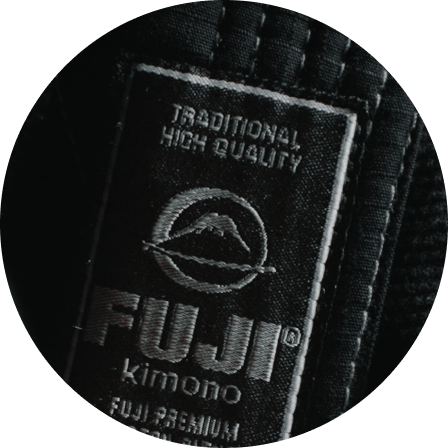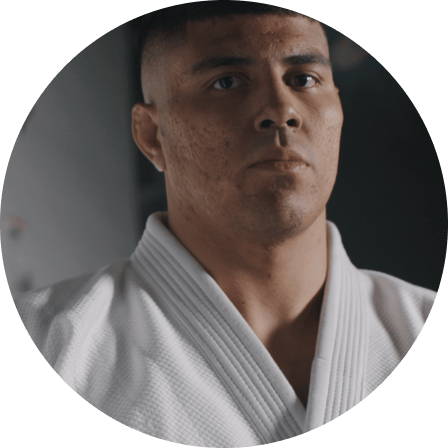Freestyle vs. Strict Kettlebell Training
Kettlebells are a super versatile training tool that a lot of combat athletes both enjoy training with and find a lot of success training with. I’m willing to bet that if you’ve done any strength training in the past, you’re familiar with kettlebells; their functions and uses, and have lifted, swung, pressed, and carried one (or many) before. Sound familiar? I bet!
Multiplanar Kettlebell Training
Freestyle Kettlebell Training
This cardiovascular kettlebell training is commonly referred to as “freestyle” kettlebell training and focuses a lot more on lighter weights and continuous movement. This predominately trains the oxidative energy system. As a reminder, a few posts ago, we tackled the energy systems while talking about strength training for combat athletes. Mostly I talked about the various energy systems that come into play for a combat athlete and how best to train those systems. Is this sounding familiar?
As a quick refresher here are the energy systems:
Phosphagen/ATP-PC (10 seconds or less)
Glycolytic (30 seconds – 2 Minutes)
Oxidative (Anything longer)
We talked a lot in that post about training strength and power so you can efficiently and effectively apply force to your both opponents and the mat and be extremely explosive in the process. While an athlete may have a genetic predisposition to explosive tendencies, it is well worth training those systems to truly develop them to the utmost of your own individual capability.
Back to kettlebells! This “freestyle” kettlebell training encourages lighter weights, continuous movement and ultimately, an oxidative stress. There’s certainly a time and a place for it, but just like any training and any movement, we need to find a right balance and train intelligently. Freestyle kettlebell training may encourage continuous movement, but not always good or intentional movement, we want to be able to control our bodies and ourselves in the gym so that we can do that on the mat, control over recklessness is key! Ultimately, for the combat athlete, training intelligently absolutely MUST include elements of strength and power. The good news is we don’t have to ditch the kettlebells for that to happen!
Strict Kettlebell Training
Another term you may or may not be familiar with is “strict” kettlebell training. Essentially this refers to using kettlebells to train strength and power systems (think phosphagen and even glycolytic). This means HEAVY weights so you can train your body to apply force really well. And it also means explosive movements (think KB swings, KB snatch etc) so you can continue to train that phosphagen system and your fast twitch capacity. Moreover, it means safe programming and quality movement. Strict kettlebell training follows more closely to a typical strength training program but utilizes kettlebells to do so. This means progressive overload and resistance, rest intervals, paired movements, multiple sets, and varying reps (contingent on time of year and type of training). Additionally, this strict kettlebell training still utilizes kettlebells, so it still allows for multi-planar movement with the same piece of equipment and thus fulfills the combat athlete’s desire to mimic sport specific movements in the gym. There is a rhyme and a reason to strict kettlebell training where freestyle kettlebell training lacks it.
Imagine if I were to say all you need to train as a combat athlete is cardio. Would you believe me? I certainly hope not! As a combat athlete you need to be strong and powerful first and foremost. Do you need to train aerobic capacity? Yes absolutely! But it shouldn’t account for all of your training. Combat athletes need to incorporate strength and power movements that are intelligently programmed into their training in order to have the best chance at finding success on the mats.
Think about what you’re doing in the gym and why, and if you have any questions feel free to post them below and definitely check out FUJI Fit for more on how to train effectively as a combat athlete!






